Imagine standing at the edge of an abyss so deep that dropping a stone would take nearly ten seconds to hit bottom. The darkness is so complete that even the most powerful flashlight seems to disappear into nothingness. This isn’t science fiction – it’s the reality of Krubera Cave, Earth’s deepest known cave system, plunging an astounding 7,208 feet below the surface in the remote mountains of Georgia. Every descent into this underground labyrinth pushes human endurance to its limits while revealing secrets that have been locked away for millions of years.
The Record-Breaking Giant Hidden in the Caucasus

Krubera Cave, also known as Voronja Cave, holds the undisputed title as the world’s deepest cave system. Located in the Arabika Massif of the Western Caucasus in Georgia, this limestone giant has claimed the lives of explorers and challenged the world’s most experienced cavers since its discovery in 1960. The cave’s depth was confirmed through decades of painstaking exploration, with each expedition pushing deeper into the unknown. What makes this achievement even more remarkable is that reaching the bottom requires a grueling multi-day journey through flooded passages, vertical drops, and sections so narrow that explorers must remove their equipment to squeeze through. The cave’s record-breaking depth of 7,208 feet makes it deeper than six Empire State Buildings stacked on top of each other.
How Mother Nature Carved the Ultimate Underground Maze

The formation of Krubera Cave is a geological masterpiece that took millions of years to create. Water, the master sculptor of our planet, slowly dissolved the limestone bedrock through a process called karstification. Rainwater, naturally acidic from absorbing carbon dioxide in the atmosphere, seeped through cracks in the rock and gradually widened them into passages and chambers. The unique geological structure of the Arabika Massif, with its thick limestone layers and steep terrain, created perfect conditions for deep cave formation. Over countless millennia, underground rivers carved out this intricate network of tunnels, creating a vertical maze that extends nearly a mile and a half below the surface. The cave’s formation is still ongoing, with water continuing to shape new passages and deepen existing ones.
The Dangerous Journey to Earth’s Underground Frontier
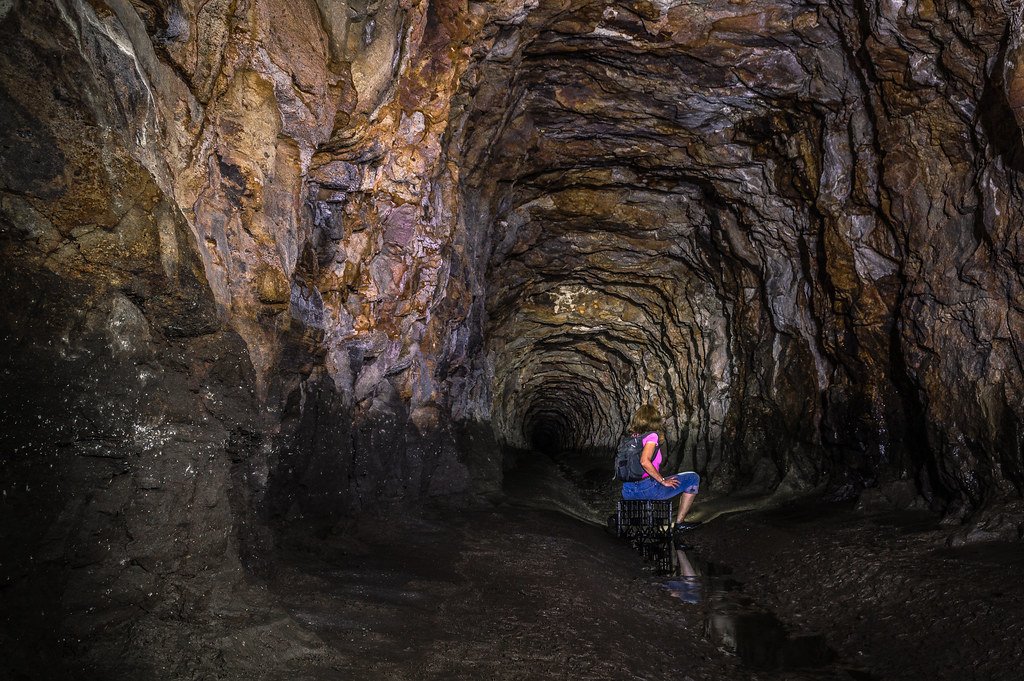
Exploring Krubera Cave isn’t just challenging – it’s one of the most dangerous undertakings in the world of adventure sports. Cavers must navigate through sections flooded with ice-cold water, rappel down vertical drops that plunge hundreds of feet into darkness, and crawl through passages barely wider than their bodies. The journey to the bottom typically takes 10-14 days, with explorers carrying all their food, water, and equipment on their backs. Hypothermia is a constant threat, as temperatures in the deeper sections hover just above freezing year-round. Many expeditions have ended in tragedy, with explorers becoming trapped by rising water levels or suffering equipment failures in the pitch-black depths where rescue is nearly impossible.
Life in the Ultimate Darkness

Scientists have discovered that even in Krubera’s deepest, most inhospitable depths, life finds a way to survive. Unique species of bacteria, fungi, and microscopic organisms have adapted to conditions that would kill most surface-dwelling creatures instantly. These extremophiles, as scientists call them, have evolved to live without sunlight, surviving on chemical energy sources in an environment with no oxygen and crushing pressure. Some of these organisms have been isolated from the outside world for so long that they represent entirely new branches of the tree of life. The discovery of these deep-cave ecosystems has profound implications for our understanding of life’s limits and even the possibility of life on other planets with similar extreme conditions.
The Physics of Surviving a Mile Underground
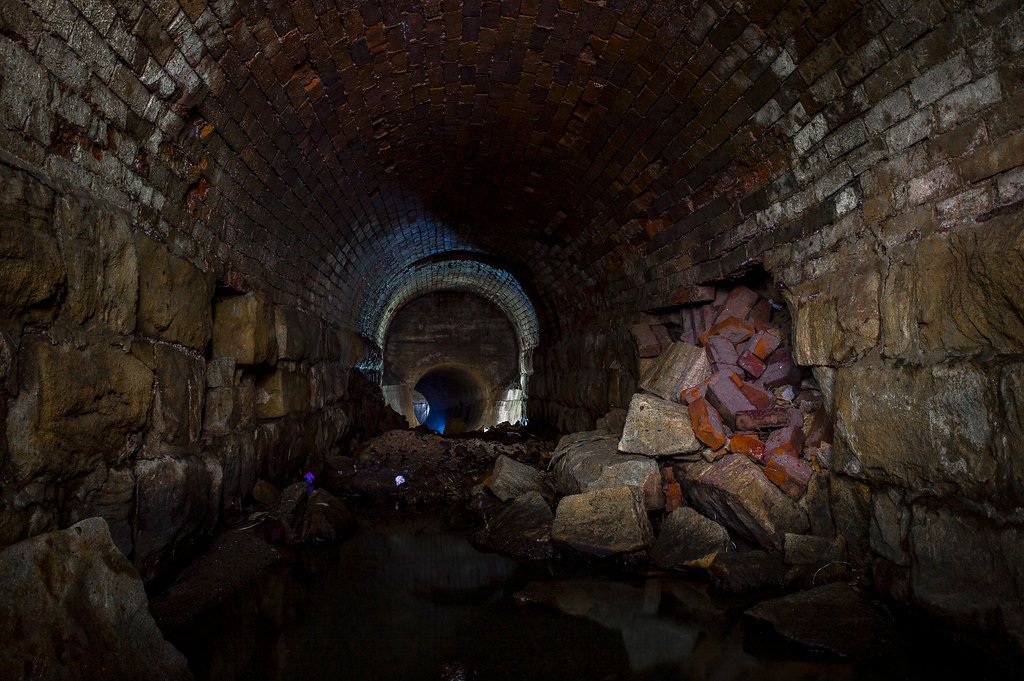
The deeper you go in Krubera Cave, the more the laws of physics start working against human survival. At maximum depth, explorers face atmospheric pressure nearly three times greater than at sea level, which affects everything from breathing to the way their equipment functions. The constant temperature of around 40°F might not sound extreme, but combined with high humidity and constant exposure to water, it creates conditions where hypothermia can set in within hours. Sound behaves differently in the deep cave environment, with voices carrying strange echoes that can disorient even experienced cavers. The complete absence of natural light also plays tricks on the human mind, with many explorers reporting hallucinations and disorientation after spending days in absolute darkness.
Revolutionary Mapping Technology Goes Underground
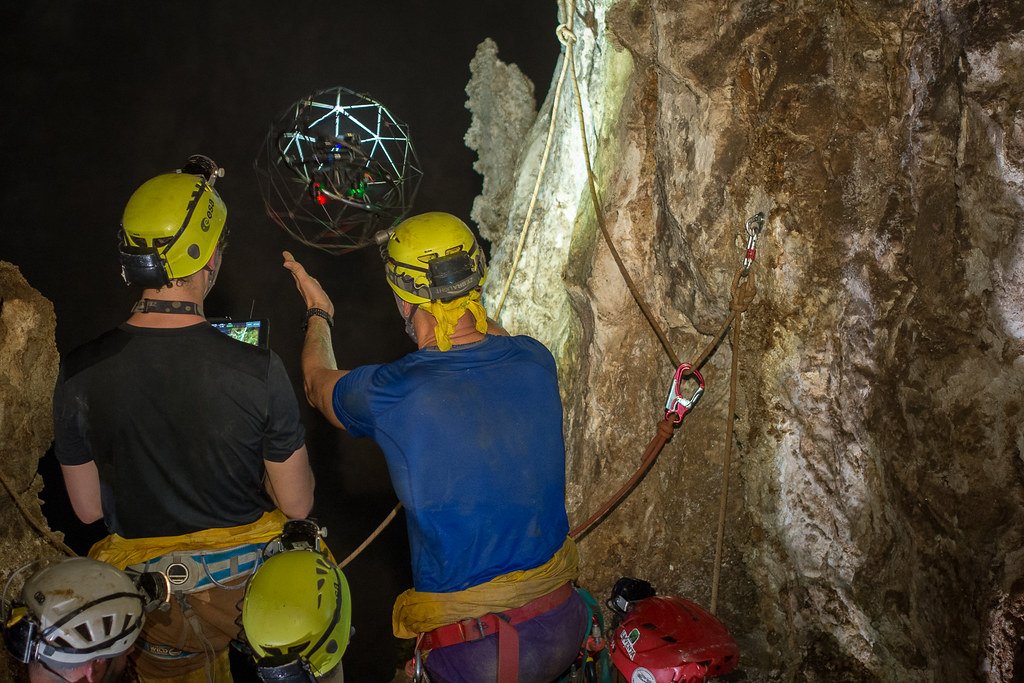
Modern cave exploration has been transformed by cutting-edge technology that would have seemed like magic to early spelunkers. 3D laser scanning creates incredibly detailed maps of cave passages, allowing scientists to understand the cave’s structure without physically visiting every section. Underwater drones can explore flooded passages that are too dangerous for human divers, sending back real-time video from previously unreachable areas. Ground-penetrating radar helps identify new passages before explorers risk their lives to find them. Advanced communication systems now allow teams in the deepest sections to maintain contact with the surface, though signals must be relayed through multiple stations as they travel through nearly a mile and a half of solid rock.
When Underground Rivers Become Death Traps

The greatest threat in Krubera Cave isn’t falling rocks or equipment failure – it’s water. The cave system is fed by underground rivers that can change from a gentle trickle to a raging torrent within hours, depending on weather conditions on the surface far above. Flash floods in the deeper sections have trapped and killed explorers who had no way to escape the rising water. These underground floods can fill passages completely, creating deadly siphons where the only way forward is to dive underwater through flooded tunnels with no guarantee of finding air on the other side. The water temperature, hovering just above freezing, means that anyone caught in a flood faces hypothermia within minutes, making rescue attempts nearly impossible.
The Psychological Battle Against the Abyss
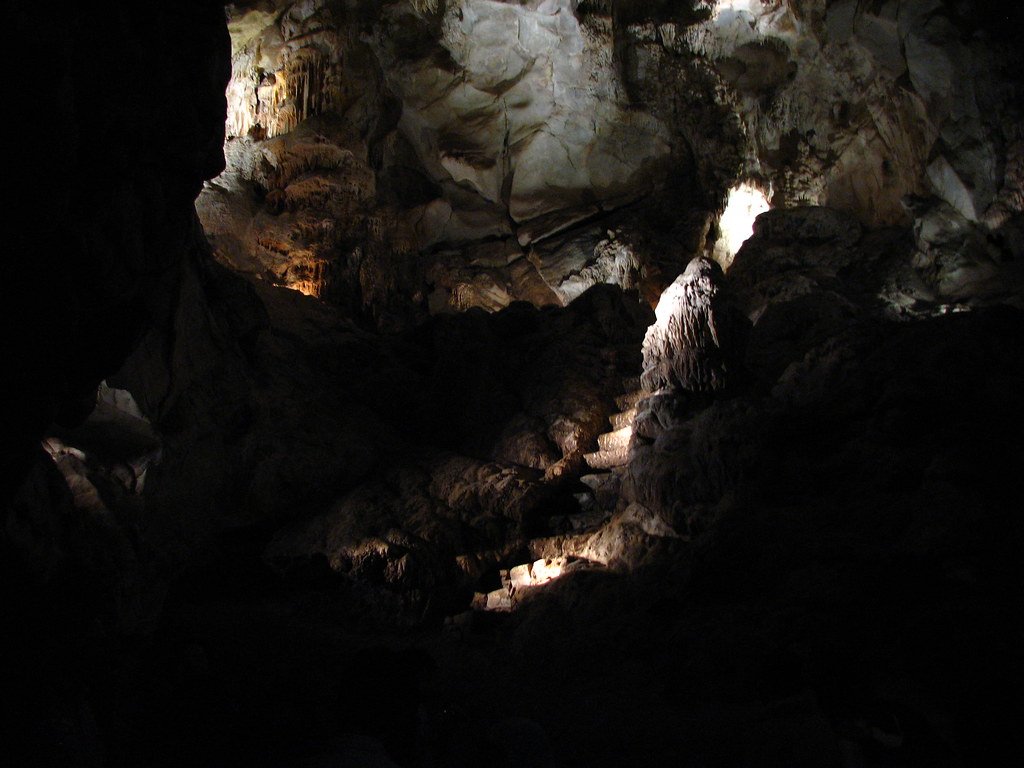
Perhaps the greatest challenge of exploring Krubera Cave isn’t physical – it’s mental. Spending days in complete darkness, surrounded by the sound of dripping water and your own breathing, pushes the human psyche to its breaking point. Many explorers report experiencing claustrophobia for the first time in their lives when squeezed into passages barely wide enough for their bodies. The constant awareness that you’re more than a mile underground, with only a narrow pathway back to the surface, creates a psychological pressure that can be overwhelming. Sleep becomes nearly impossible, as the mind struggles to process the alien environment, and many cavers report vivid dreams and hallucinations during extended expeditions.
Ancient Climate Secrets Locked in Stone
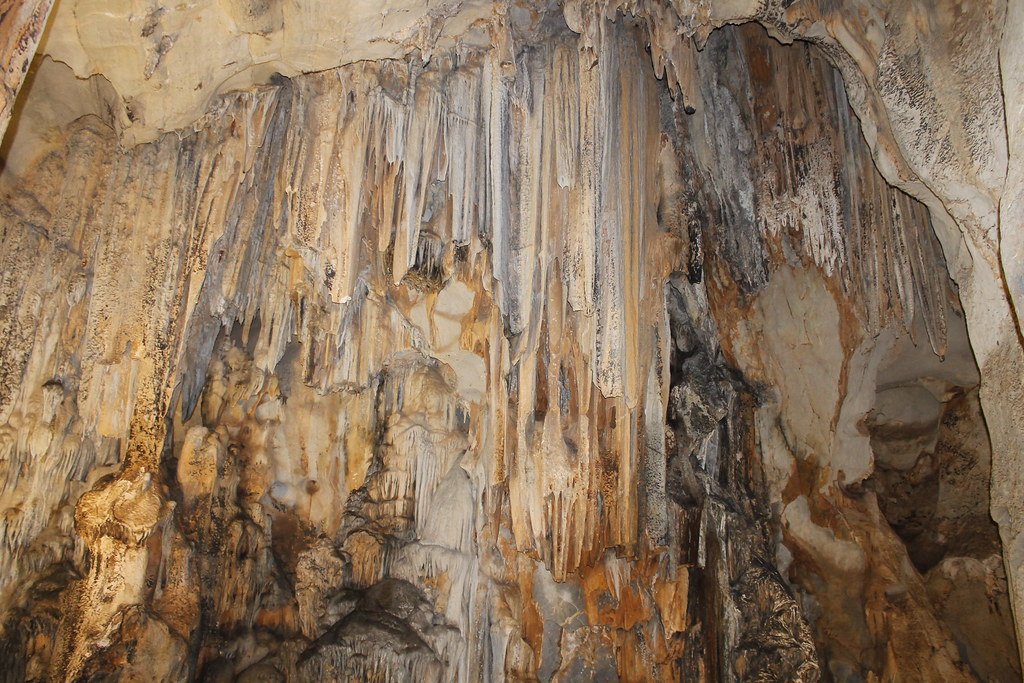
The limestone formations in Krubera Cave serve as a natural library, storing information about Earth’s climate over millions of years. Stalactites and stalagmites grow in layers, much like tree rings, with each layer recording the temperature and rainfall conditions when it formed. Scientists can extract core samples from these formations and analyze them to understand how the climate has changed over geological time scales. Some formations in the cave are estimated to be over 100,000 years old, providing a record of climate conditions that extends far beyond human history. This data is crucial for understanding natural climate cycles and predicting future climate changes.
The Chemistry of Creation in Earth’s Depths
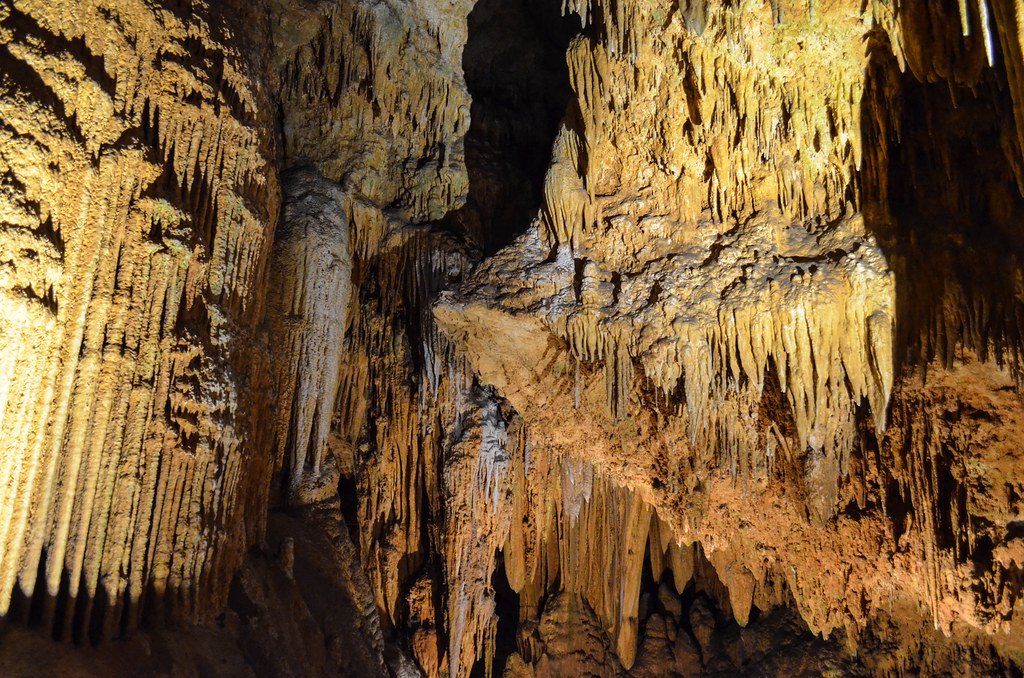
Deep within Krubera Cave, chemical processes continue to shape the underground landscape in ways that seem almost magical. The interaction between acidic groundwater and limestone creates not just the cave itself, but also spectacular formations of flowstone, rimstone pools, and delicate cave pearls. These formations grow incredibly slowly – sometimes just millimeters per century – making them some of the most fragile geological features on Earth. The cave’s deep sections contain unique mineral deposits that can only form under specific temperature and pressure conditions, creating natural laboratories where scientists can study geological processes that occur nowhere else on the planet.
Breaking Records One Rope Length at a Time
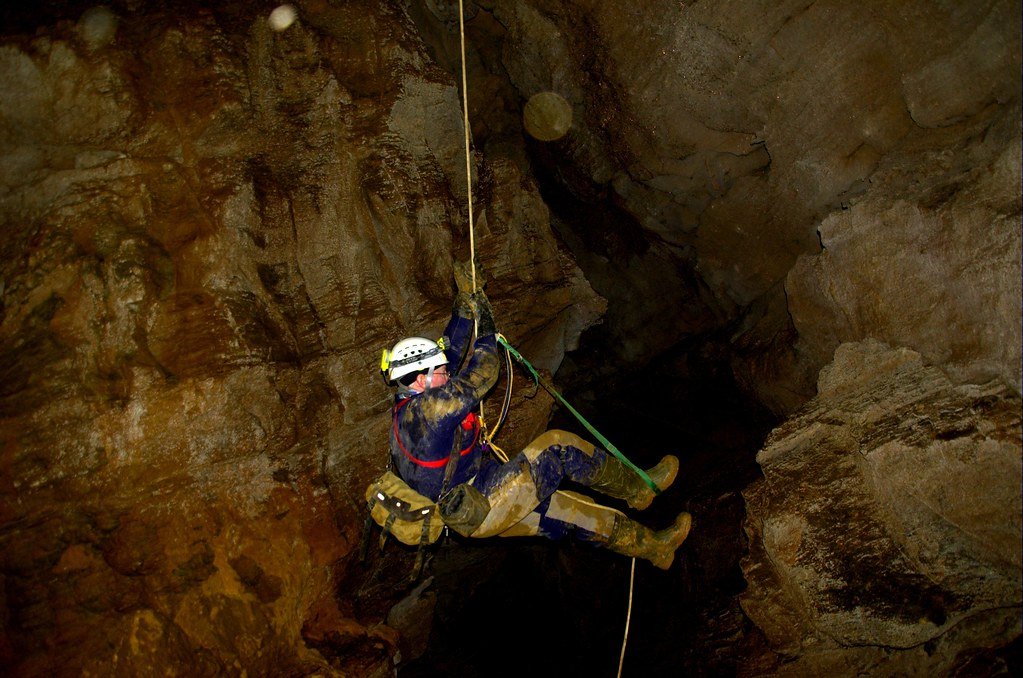
Every expedition to push deeper into Krubera Cave is a carefully orchestrated operation that can take years to plan and cost hundreds of thousands of dollars. Teams must carry specialized equipment designed to function in the extreme conditions, including ropes rated for the cave’s longest drops and waterproof gear that can withstand weeks of constant moisture. The logistics of getting supplies to the deepest camps are staggering – every piece of equipment must be carried by hand through the narrow passages and lowered down the vertical drops. Many record-setting expeditions have failed not because of the cave itself, but because of the enormous challenge of simply getting the necessary equipment to the pushing front where new passages are being explored.
The Underground Weather System Nobody Predicted

Scientists have discovered that Krubera Cave has its own complex weather system, complete with underground storms, temperature variations, and air currents that can reach surprising speeds. The cave breathes like a living organism, with air flowing in and out through various entrances as atmospheric pressure changes on the surface. This creates winds that can extinguish headlamps and make rappelling down vertical drops extremely dangerous. Temperature inversions occur when warm air from the depths meets cold air from the surface, creating fog and condensation that can make visibility nearly zero. Understanding these underground weather patterns is crucial for safe exploration, as sudden changes can trap explorers or make passages impassable.
The Race to Find Earth’s True Bottom
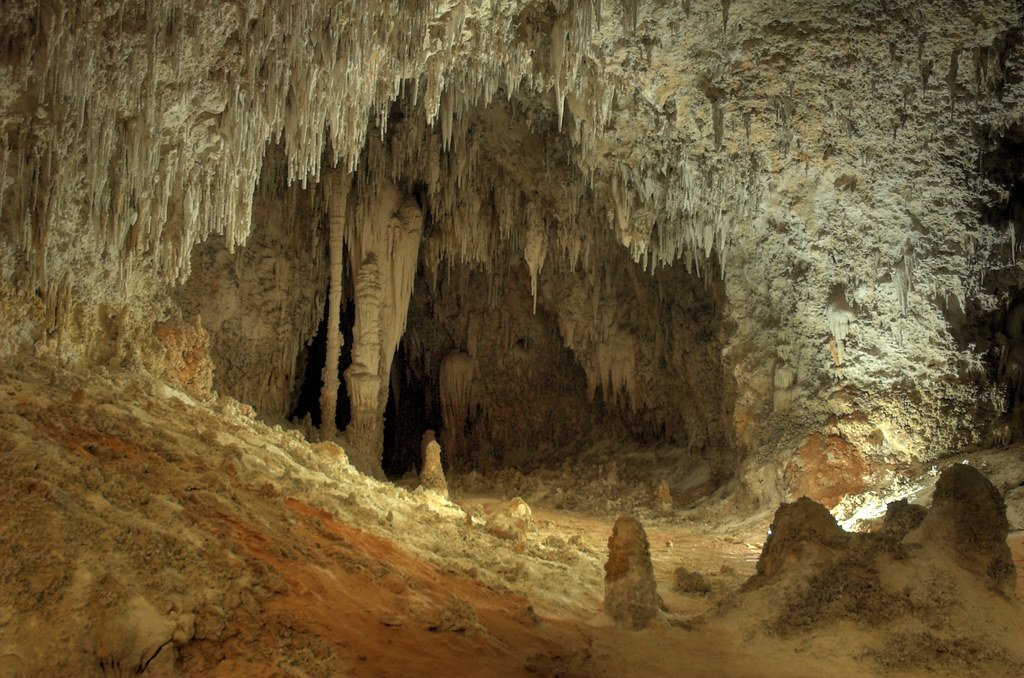
While Krubera Cave currently holds the depth record, the race to find Earth’s deepest point continues around the world. Other cave systems in Mexico, France, and Slovenia are being pushed to ever-greater depths, with new discoveries challenging Krubera’s supremacy. The Lamprechtsofen cave system in Austria and the Illuzia-Mezhonnogo-Snezhnaja system in Georgia are both potential contenders for the depth record. Each new expedition pushes the boundaries of human endurance and technology, with explorers risking their lives to add just a few more feet to our understanding of how deep the Earth’s caves can go. The question isn’t just about breaking records – it’s about understanding the fundamental limits of how deep water can carve into our planet’s crust.
Technology Meets Ancient Stone

The exploration of Krubera Cave has driven innovations in technology that have applications far beyond caving. Waterproof electronics developed for deep cave exploration now help scientists study the ocean’s deepest trenches. Communication systems designed to work through miles of rock have been adapted for underground mining operations and even space exploration. The lightweight, ultra-strong materials used for cave exploration equipment have found their way into everything from mountain climbing gear to military applications. Cave exploration has become a testing ground for technologies that push the limits of what’s possible in extreme environments.
The Environmental Cost of Going Deeper
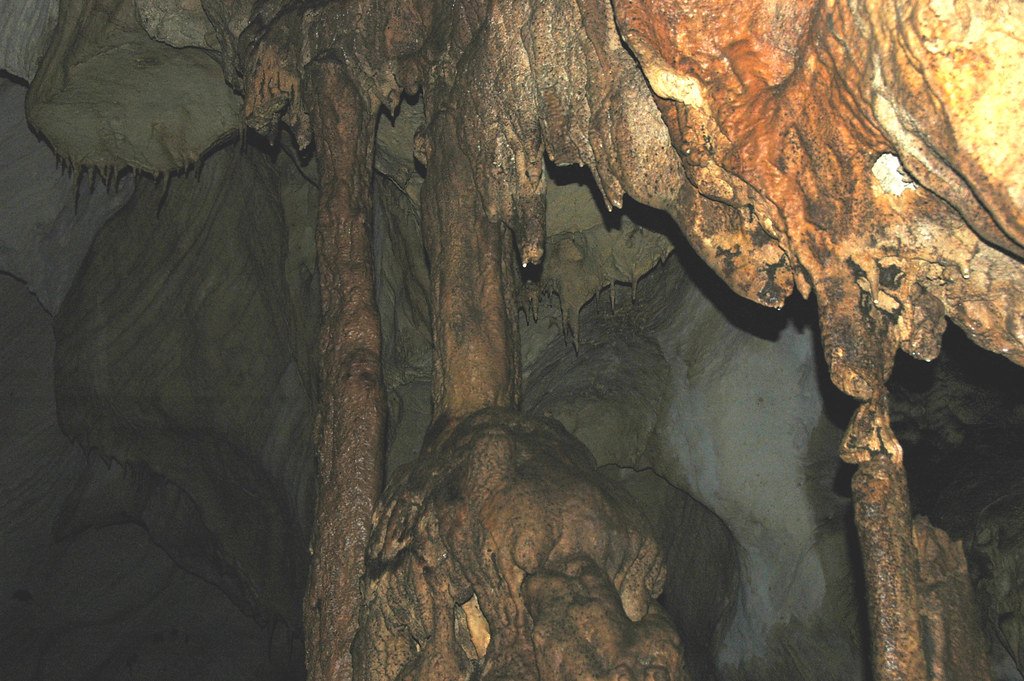
Every expedition into Krubera Cave leaves an environmental footprint on one of Earth’s most pristine ecosystems. The delicate cave environment, which has remained unchanged for millions of years, is vulnerable to contamination from human visitors. Even something as simple as dropping food crumbs can disrupt the cave’s ecosystem, as nutrients are extremely scarce in this environment. Many of the cave’s most spectacular formations are irreplaceable – if damaged, they would take thousands of years to regrow. Conservation groups are working with exploration teams to develop protocols that minimize environmental impact while still allowing scientific research and exploration to continue.
Training for the Ultimate Underground Challenge

Preparing to explore Krubera Cave requires training that makes preparation for climbing Mount Everest look simple. Cavers must master technical rope work, underground diving, first aid in extreme conditions, and survival skills that could mean the difference between life and death in the cave’s hostile environment. Physical conditioning is crucial, as explorers must be able to carry heavy packs through tight spaces for days at a time while operating on minimal sleep and nutrition. Mental preparation is equally important, with many training programs including isolation exercises and stress management techniques designed to help explorers cope with the psychological challenges of deep cave exploration.
The Future of Deep Cave Exploration
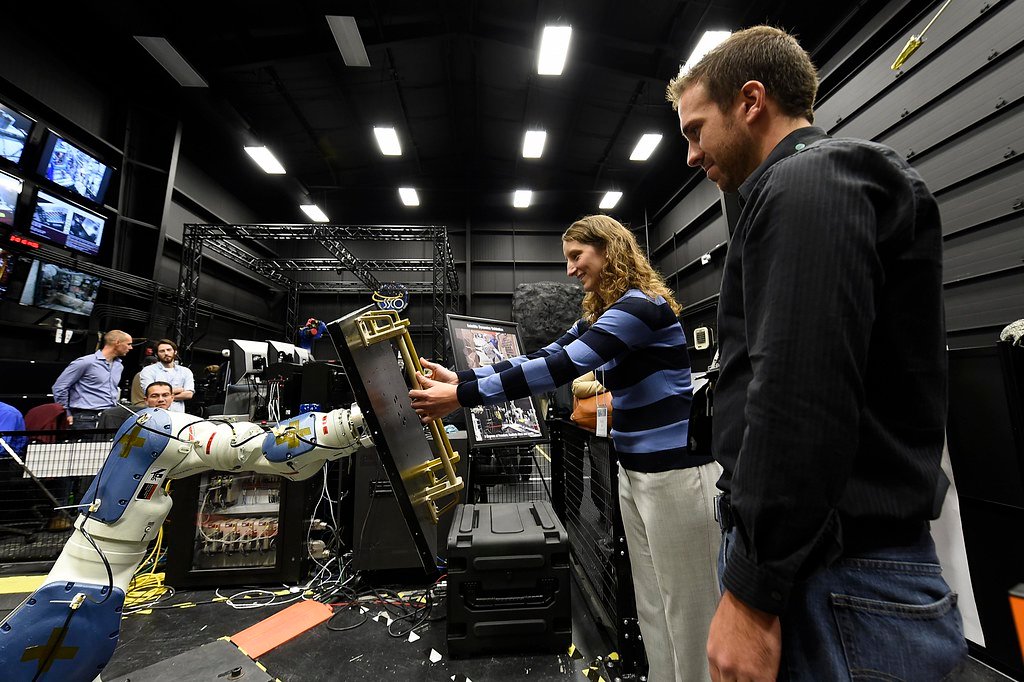
Advances in robotics and artificial intelligence are opening new possibilities for exploring the deepest parts of cave systems without risking human lives. Autonomous robots equipped with cameras and sensors can map dangerous passages and search for new routes that human explorers could never attempt. Virtual reality technology allows researchers to explore detailed 3D models of cave systems from the safety of the surface, planning expeditions with unprecedented precision. Genetic sequencing technology is revealing new species of cave-dwelling organisms at an accelerating pace, suggesting that the biological diversity of deep caves may be far greater than previously imagined. The future of cave exploration will likely combine human courage and ingenuity with cutting-edge technology to unlock secrets that have been hidden beneath our feet for millions of years.
What Lies Beyond the Current Record

The question that haunts every deep cave explorer is whether we’ve truly found the bottom of Earth’s deepest caves, or if even greater depths await discovery. Geological surveys suggest that cave systems could potentially extend much deeper than current records, limited only by the depth at which limestone gives way to other rock types. Some scientists theorize that caves might connect to deep groundwater systems that extend miles into the Earth’s crust, creating underground networks of staggering complexity. New exploration techniques, including advanced ground-penetrating radar and seismic mapping, are revealing potential cave passages at depths that were previously thought impossible. The race to find Earth’s deepest point continues, driven by human curiosity and the irresistible pull of the unknown depths that lie beneath our feet.
The depths of Krubera Cave represent more than just a record-breaking achievement – they symbolize humanity’s endless drive to explore the unknown corners of our planet. Each expedition into these depths reveals not only the incredible forces that shape our world, but also the remarkable adaptability of life itself. As technology advances and our understanding deepens, we’re discovering that the Earth beneath our feet holds secrets as profound as those found in the deepest oceans or the farthest reaches of space. What other mysteries do you think are waiting to be discovered in the darkness below?




